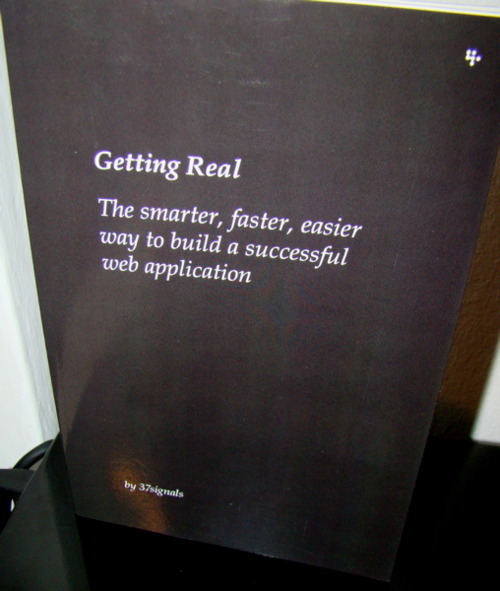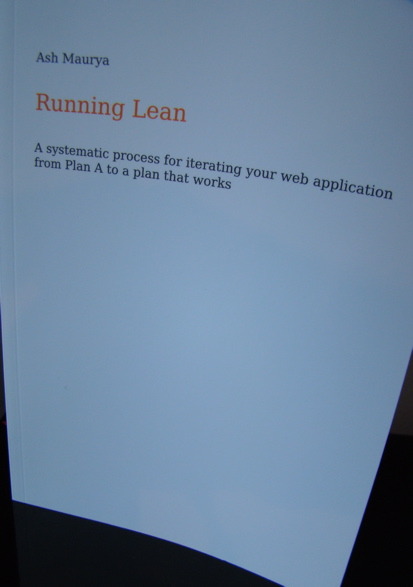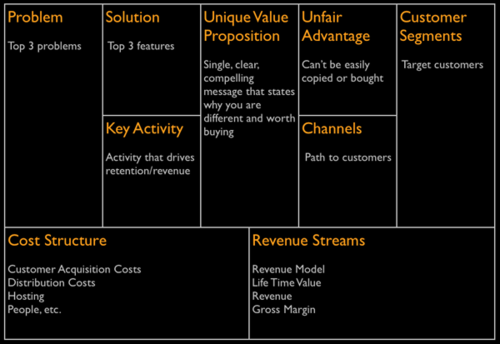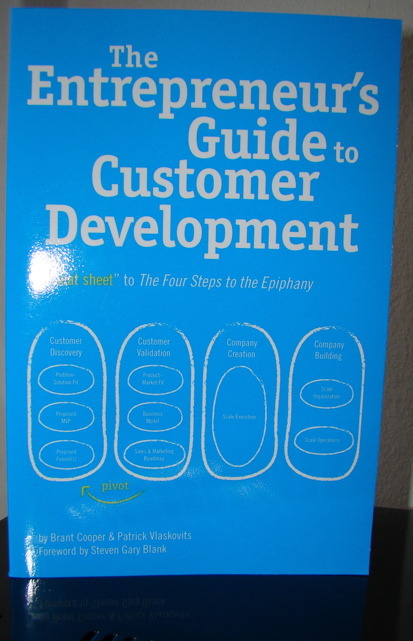
What is it about?
How do you build a simple and easy product? The people at 37signals tell you how. They show you how 37signals work and how you can apply the same principles on your company and product.
What can I learn?
Half a product instead of an half-assed product: Build simple and easy products but make them great. One example is the iPod. At the beginning it lacked most functionality but it was extremely easy to use, simple and looks great.
Epicenter Design: You should start with the most important thing and then build the rest. For example, if you design a blog interface/design you should start with the headlines. Afterwards go to the actual content and at last do things like navigation, tags, etc. This approach forces you to think about the purpose of your product.
Design Blank Pages: Blank Pages are the first thing a new customer will see. They haven’t yet added content. Most designers neglect these first-time-pages. Don’t do that. Create a great welcome page for new customer with screenshots, how-to boxes and a let’s start guide.
Conclusion
Getting Real covers most of the topics of Rework. It is a bit more development focused and there are quotes from other authors. However, if you read Rework first, you don’t really need to read this book. If you read none yet and you are a developer, read this one. Otherwise, Rework is the more appropriate choice.



